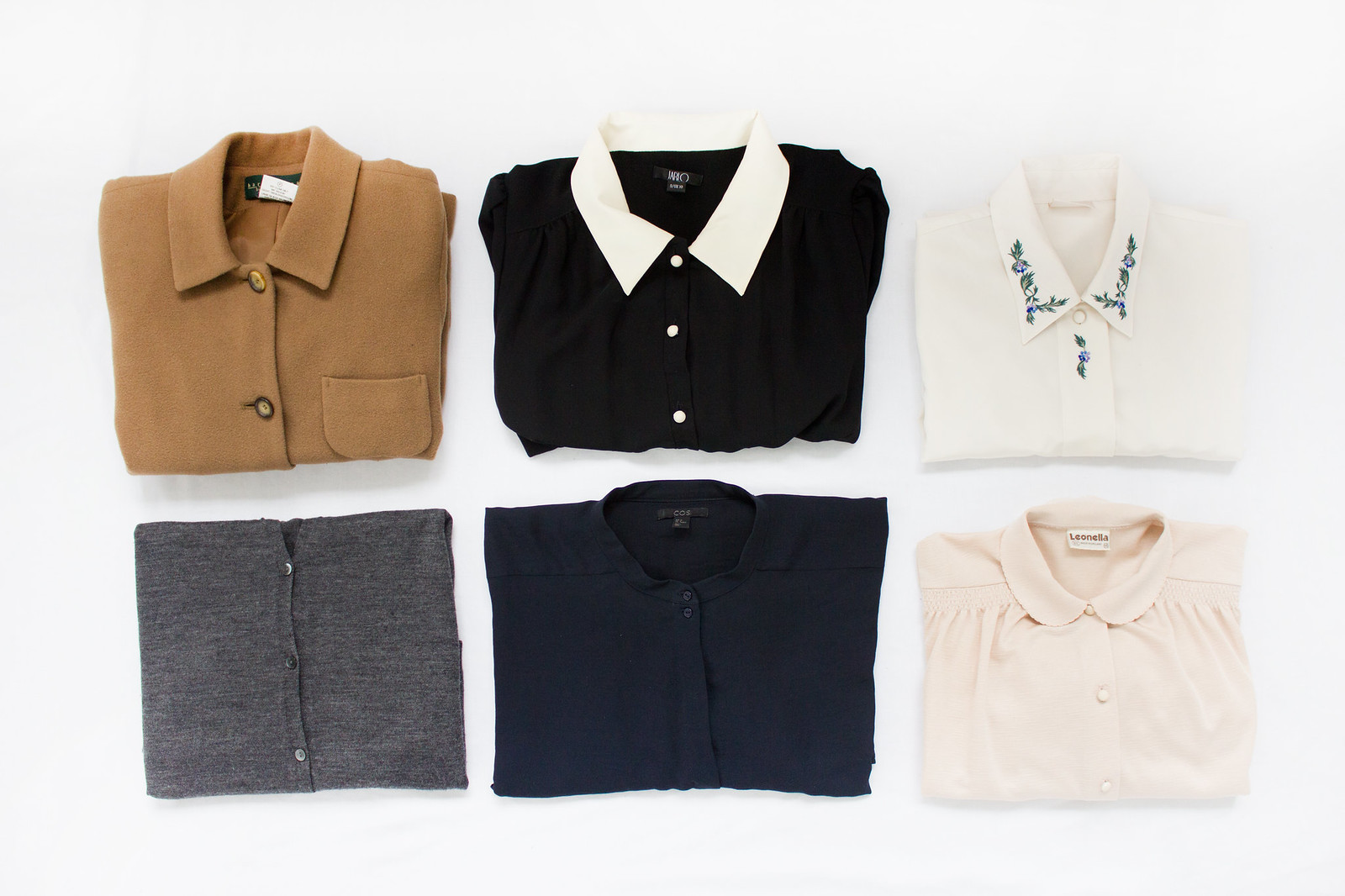
Colour palettes are extremely important; colour is valuable for expression, for making a statement, and for building a cohesive minimal wardrobe. Selecting a colour palette for our wardrobes helps refine and define our style rather than restrict it, and many of us already subconsciously do this with our wardrobes.
Using a colour palette as a guide can help (re)build a wardrobe, helping to produce more interesting outfit combinations, maximizing wearability, and creating a cohesive style throughout. Palettes enhance your wardrobe and make you feel good about every item of clothing you own.
Ask yourself:
1. What colours have a strong presence?2. Which colours fade in popularity?
3. How do certain colours make you feel?
4. What colours are you drawn to?
5. What do you feel most comfortable in?
Building A Colour Palette
To build a colour palette you should pick neutral base colours and use accent colours to complement the base.
Monochromatic - the same colour in different tints and shades. These are the simplest colour schemes to create and since they are taken from the same hue it makes it difficult to create an ugly outfit.
Analogous - created by using any colours that next to each other on the colour wheel. Analogous colour schedules are the easiest to mix, they are calming and pleasing, and generally look great together.
Complementary - any two colours that are completely opposite to each other on the colour wheel. Colour palettes created from complementary colours are visually jarring and can appear quite shocking. By colour blocking, using white or a transitional colours in between, these palettes can work well.
Pick 3 - 4 main colours - Pick colours you feel you are drawn to and are comfortable wearing. The main colours are the basis of your colour palette and will convey the overall tone of a wardrobe (cool-toned or warm-toned, for example). Main colour are usually slightly muted but you could work with colour blocking shades if you have a more vibrant style.
Pick 1 – 3 neutrals - Neutral colours support and balance both your main and accent colours. These tend to be white, black, grey, navy, and sand.
Pick 2 - 5 accent colours - Accent colours are more colourful shades. Wear these alongside your neutral colours; they don't tend to play a main role in your wardrobe.
If you're a more colourful dresser, you could change your colour palette each season to introduce new shades and hues to your wardrobe. If, like me, you stick to a monochromatic palette all year around, colour palettes can help introduce new tints to your clothing purchases.
Keeping a general colour palette for your wardrobe can help you spot gaps in your wardrobe and channel attention towards building an aesthetically pleasing minimal wardrobe where each and every item works cohesively together.